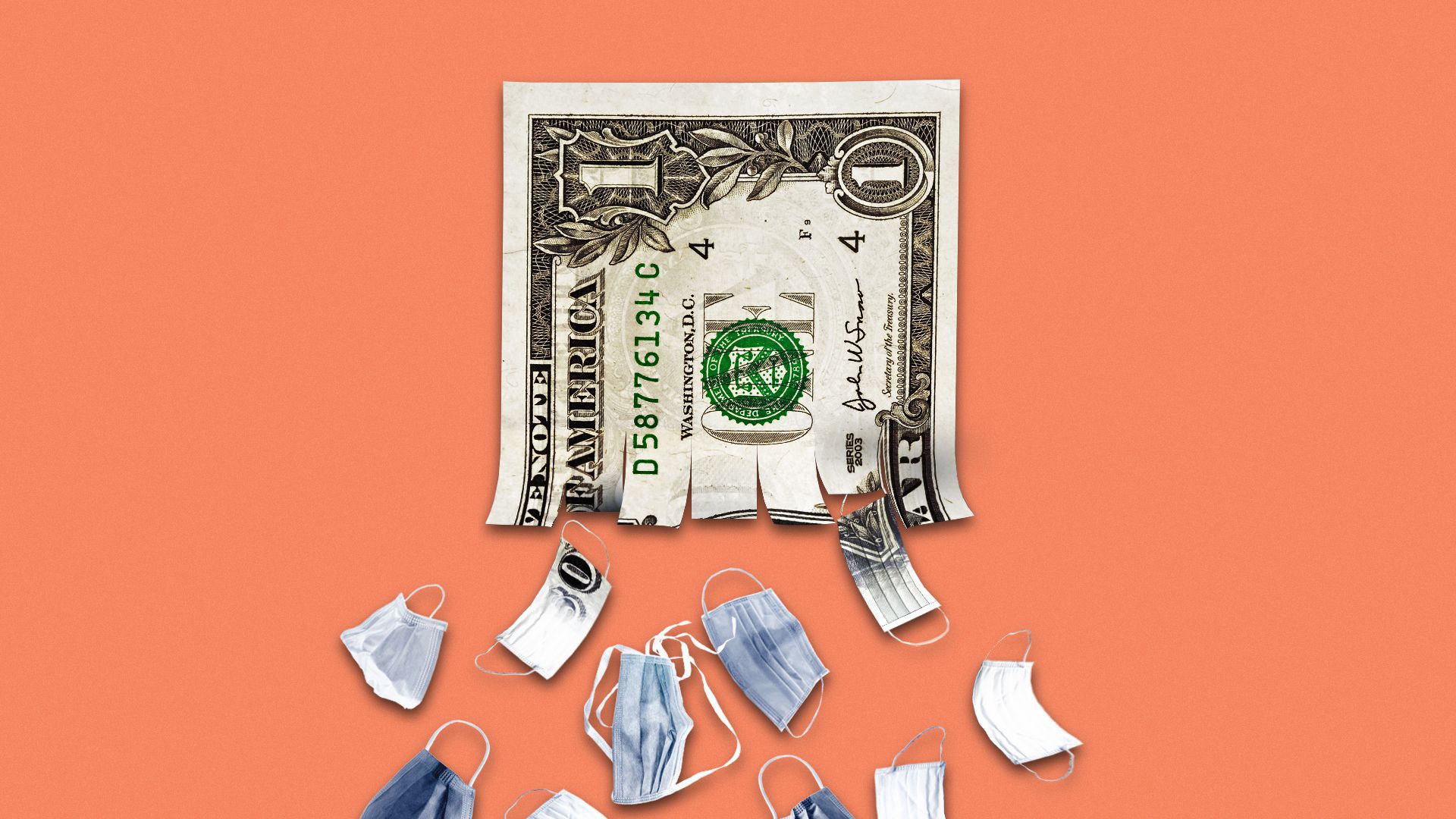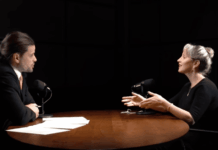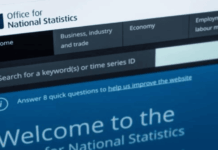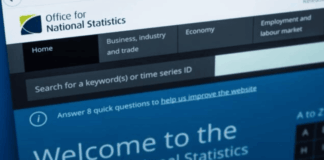
By Courtenay Brown,
Expenses are piling up for cash-strapped small businesses as they invest in what it takes to lure customers and workers back into shops: fancy air filters, plexiglass shields, and stockpiles of PPE.
Why it matters: Some small business owners are spending the equivalent of a month’s worth of profit on precautionary equipment — even as they question whether it’s worth it as the threat of more lockdowns loom.
What’s going on: Nationally, many businesses are taking steps forward — doling out cash to retrofit restaurants, retail stores, grocery stores and other establishments. But they’re simultaneously preparing to take steps back — or to close for good — if cases spike again.
- Yelp estimates that more than 132,000 local businesses listed on its site have closed shop since the pandemic hit in March. As of this month, over half of them won’t reopen — a higher rate of permanent closures compared to June.
- In the Big Apple, a third of small businesses may never reopen, according to a report released Monday by the Partnership for New York City.
Among those that are trying to stay the course, there’s a daunting laundry list of guidelines from the CDC: spaced-out tables, limited numbers of customers, thermometers for temperature checks and industrial-strength cleaning supplies.
By the numbers: While necessary, the additional expenses put pressure on small businesses that already skated by on slim profit margins. Many business owners wonder if their investments in COVID-19 protocols will be money down the drain.
- McKinsey estimates that roughly 40% of restaurants aren’t profitable or just break even.
- The same report finds that investing in cleaning products and possibly additional labor could alone chew up 1% of revenue for small grocery stores.
One story from the trenches: Candace Combs owns In-Symmetry Spa in San Francisco, whichwas in the early stages of reopening before the mayor paused its plans.
- She spent $5,000 preparing to reopen the spa — roughly the same amount she’d take home in profit each month before the lockdown — just as the mayor said spas and other personal wouldn’t be able to reopen.
- It went toward supplies to build a plexiglass barrier (to separate aestheticians from customers), disposable mattresses to put atop massage tables, etc.
- “I’ve spent all that money, and guess what — I still can’t work,” Combs says.
Bruce Lewis, who runs T-Elegance Hair and Nail in West Palm Beach, Fla.,with his wife, paid nearly $1,000 for commercial-grade sanitizing by a cleaning company, and $600 for hand-sanitizer dispensers. That’s just where the outlaysstarted.
- “We didn’t have any revenue for 30-40 days. Those expenses quickly chewed up our reserves,” Lewis says.
- The store has reopened, buthe still hasn’t recoupedrevenue lost while shut down — mainly because of how few people are allowed in the shop at a time.
- As cases spike in Florida, Lewisfaces the prospect of closing again.
Other small businesses that have reopened are seeing a myriad of other expenses. For restaurants, there’sthe cost of pivoting to delivery and extra signage. Boutiques are spending to deck out window displays with more mannequins,to attract customers leery of the fitting room.
- Looming in the background: the cost of shutdown if an employee tests positive for the coronavirus after working in the shop.
Between the lines: Small businesses that got PPP loans may need more money as those funds dry up. Some industries are pushing for more federal aid, which lobbyists are hoping Congress will take up before its August recess.
- One example: Restaurants are pushing for the passage of a bill that would establish a $120 billion grant program to help smaller shops cover expenses beyond payroll — including those now necessary costs to keep diners socially distant.
- “The National Restaurant Association projects 100,000 restaurants have been closed down over the past two weeks under state and local government mandates,” CNBC reported last week.
Source: https://www.axios.com
Disclaimer: We at Prepare for Change (PFC) bring you information that is not offered by the mainstream news, and therefore may seem controversial. The opinions, views, statements, and/or information we present are not necessarily promoted, endorsed, espoused, or agreed to by Prepare for Change, its leadership Council, members, those who work with PFC, or those who read its content. However, they are hopefully provocative. Please use discernment! Use logical thinking, your own intuition and your own connection with Source, Spirit and Natural Laws to help you determine what is true and what is not. By sharing information and seeding dialogue, it is our goal to raise consciousness and awareness of higher truths to free us from enslavement of the matrix in this material realm.
 EN
EN FR
FR

























